Show black science and technology big PK five technology you are most optimistic about who?
Although LCD currently dominates the display industry, with continuous technological advancements and product maturity, new display technologies are gradually catching up. LCD itself is also evolving, incorporating innovations like quantum dot backlighting and local dimming, which significantly enhance color gamut and contrast. So, who will lead the display market in the future? It's still unclear. However, these technologies ultimately aim to serve users, making user opinions crucial. As an ordinary consumer, how do you see this?
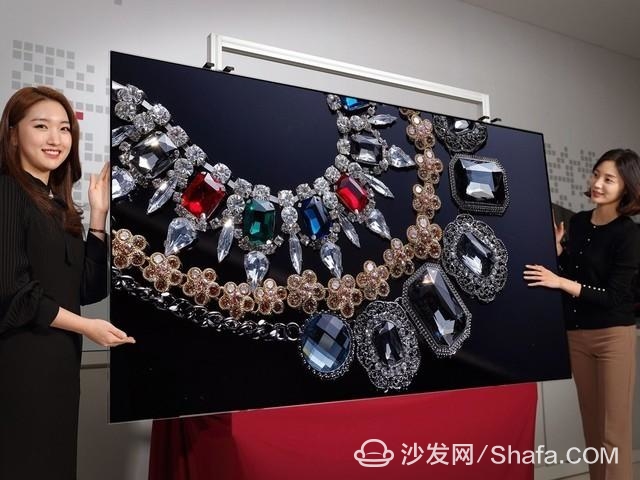
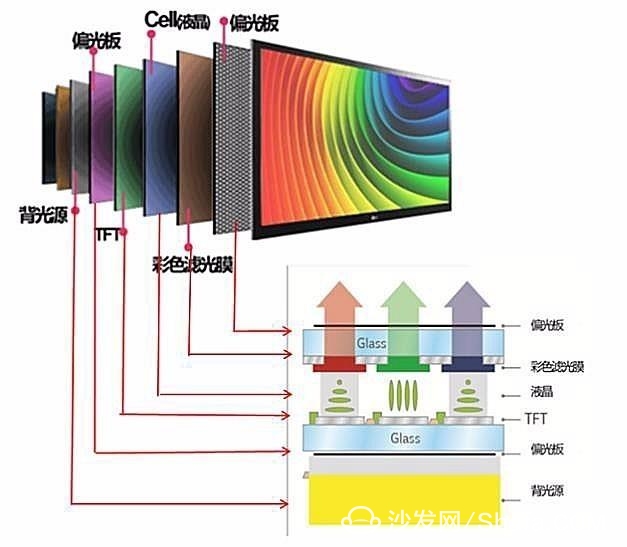
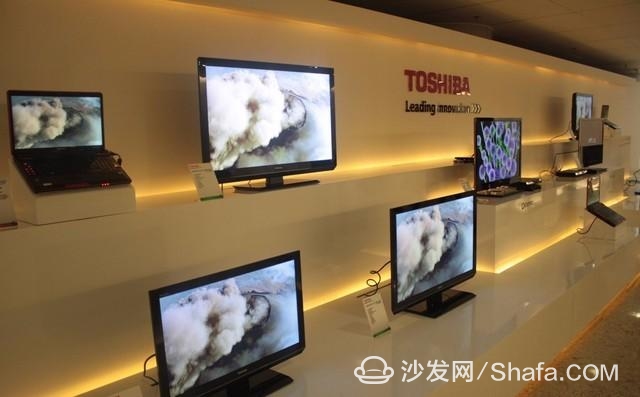
**Disadvantages**: LCDs struggle with curved designs, limiting their viewing angles. Also, they tend to consume more power, increasing long-term costs for users.
**Representative Products**: LCD TVs
**Major Manufacturers**: BOE, Sharp, Tianma Microelectronics
---
QLED, on the other hand, is a self-illuminating technology using quantum dots. These tiny semiconductor particles emit red, green, and blue light when excited by blue LEDs. QLEDs can be used as backlights or as direct light-emitting panels.
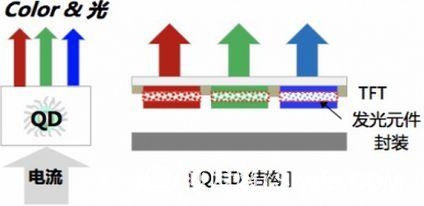
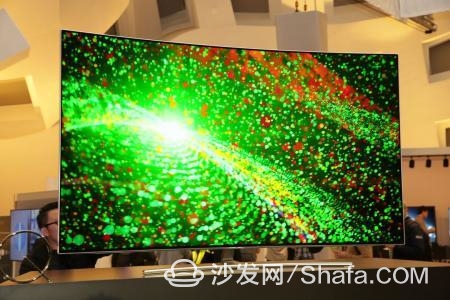
**Disadvantages**: QLED panels are expensive, and the technology is still in early stages, meaning commercialization may take time.
**Representative Products**: TVs
**Major Manufacturers**: Samsung
---
Laser displays, particularly laser TVs, offer significant advantages in large screen sizes. They use projection technology with a laser light source and an anti-glare screen, often equipped with smart systems.
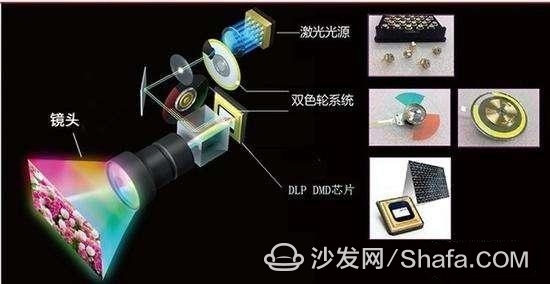
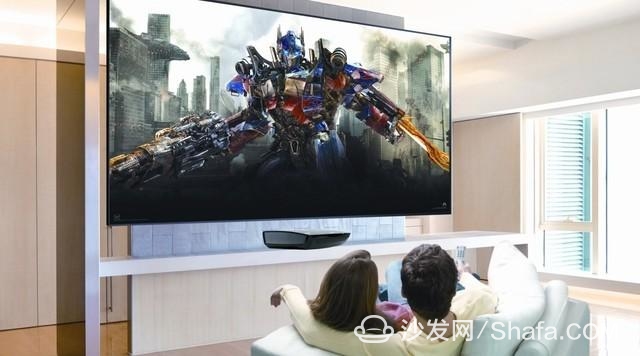
**Disadvantages**: Laser TVs may not match the brightness of LCD or OLED TVs, and their energy consumption isn’t the lowest. Large size also limits their adoption in many homes.
**Representative Products**: Laser TVs
**Major Manufacturers**: Hisense, JVC
---
OLED is considered one of the most promising new display technologies. It uses organic materials and offers superior flexibility and energy efficiency.
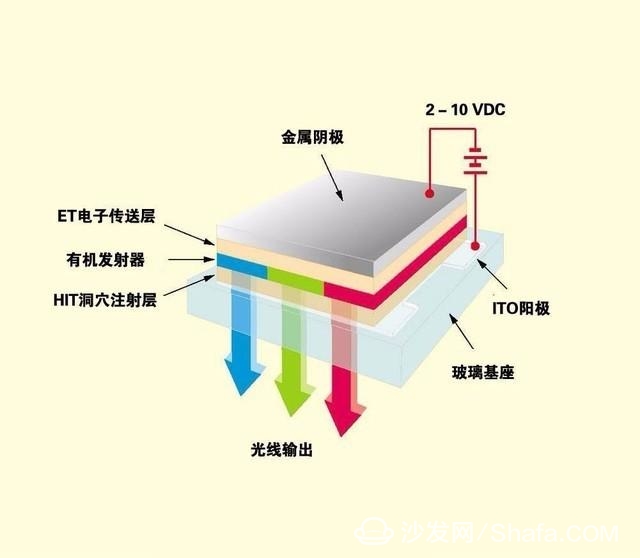
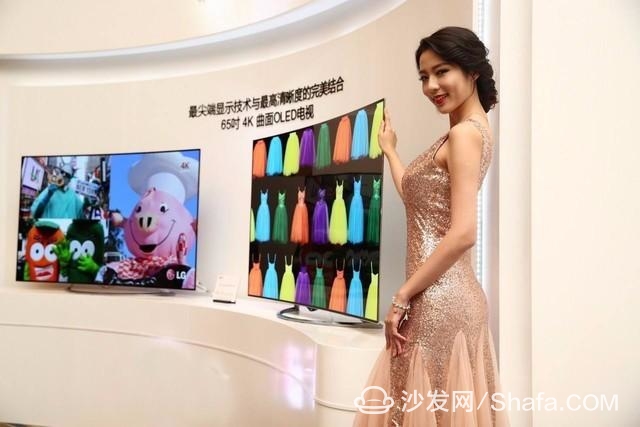
**Disadvantages**: OLEDs have shorter lifespans (around 5,000 hours) and risk image retention, which can affect user experience.
**Representative Products**: TVs, smartphones
**Major Manufacturers**: Samsung, LG
---
Micro LED is a cutting-edge technology that involves micro-sized LED arrays on a chip. It promises high efficiency and sharp visuals.
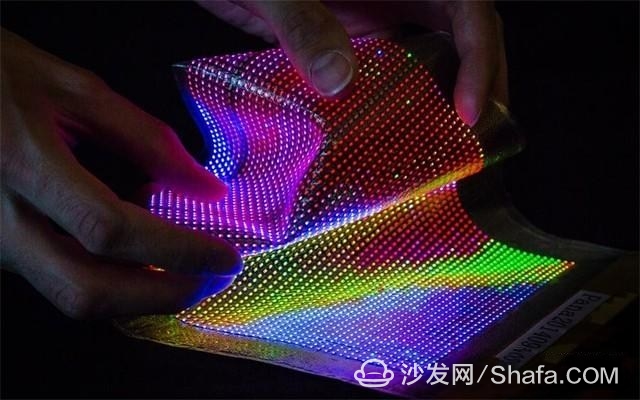
**Advantages**: Micro LED consumes less power and provides excellent image quality due to its fine pixel density.
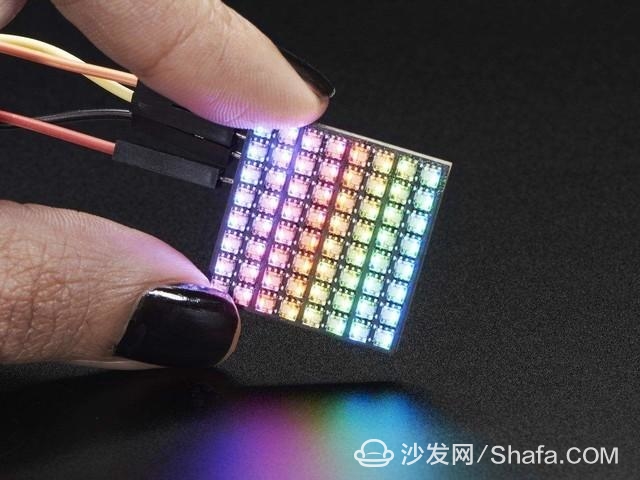
Micro LED technology is relatively difficult
**Disadvantages**: Manufacturing Micro LED is complex and costly. If any pixels fail, it’s hard to repair, which could be frustrating for users.
As technology evolves, both OLED and laser displays are pushing the boundaries of what’s possible. While LCD remains strong, the competition among these five major display technologies is fierce. The future is uncertain, but user preferences will ultimately shape the market. How do you see it? Share your thoughts and vote!

Show black science and technology big PK five technology you are most optimistic about who?
LCD has long been the leader in the display industry. It is a passive lighting technology that uses LED light sources, which are manipulated by liquid crystal molecules to produce images. Due to its high brightness and resolution, LCD has remained the dominant player for years.

The principle of LCD TV technology
**Advantages**: LCD panels are cost-effective, making products more affordable. Additionally, since the technology is well-established, LCD devices are stable, durable, and have a low failure rate.

LCD TV technology is very mature

QLED technology schematic
**Advantages**: QLEDs are thinner, lighter, and more energy-efficient than LCDs. Their structure is simpler, making them easier to handle and install.

QLED TV is more thin

Monochromatic laser schematic
**Advantages**: Laser TVs are cost-effective for large screens (over 70 inches) and avoid the hassle of installing heavy equipment.

Big screen is the biggest advantage of laser TV

OLED technology principle
**Advantages**: OLEDs are lightweight, energy-efficient, and can be made into curved and flexible designs, meeting modern display trends.

OLED can be made into a curved structure

Micro LED's low energy consumption

Micro LED technology is relatively difficult
Jiangsu D-Bees Smart Home Co., Ltd. , https://www.cI-hometheater.com